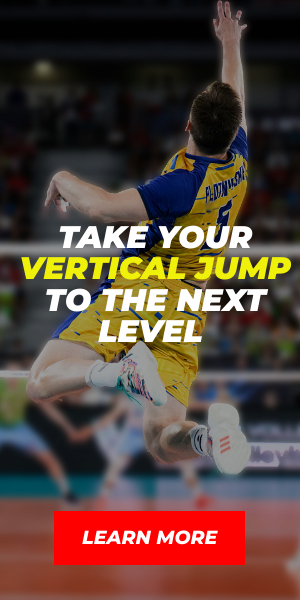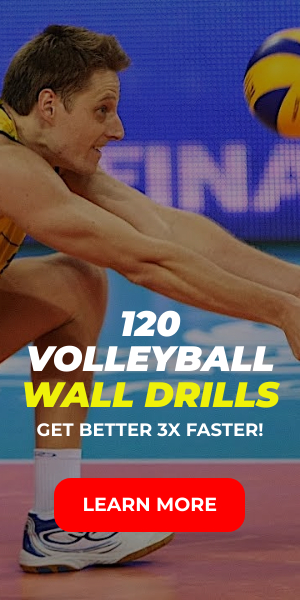After the previous articles which were devoted to the organization of the game in rotations 2, 3 and 4 where a team relies on only two attackers in front row, let’s make a step further and examine rotation 5 in which the life of the setter seems to be easier (at least on paper) due to the fact that he has three front-row spikers.
Although the positioning of the players along the rotations plays a significant role in volleyball, this isn’t the only factor that matters, especially taking into full consideration the practical difficulties for the setter deriving from rotation 5. Where do these issues come from?
Firstly, the setter should make a run to the place from where, ideally, he is going to set the ball. The distance to be covered is considerably bigger in comparison to rotation 2, 3 and 6. Additionally, in his starting point he is facing the net and after that simultaneously he has to do a full 180 degree turn. The turn that shall be done by the setter makes the situation harder since he is losing contact with the blocking side.
In order to prepare his distribution in the best possible way he should also throw a glance at the opponent’s block. This approach helps him in taking the most appropriate decision in terms of choosing how to set the ball (where is the weakest or shortest blocker, are the blockers close to each other in the beginning of the rally etc.). All these factors can affect his orientation, particularly if the reception is at the third meter or even worse.
What are the further specifics of rotation 5? Watch in the video below and for more videos and analysis – subscribe to “Volleyball Explained” YouTube Channel.





